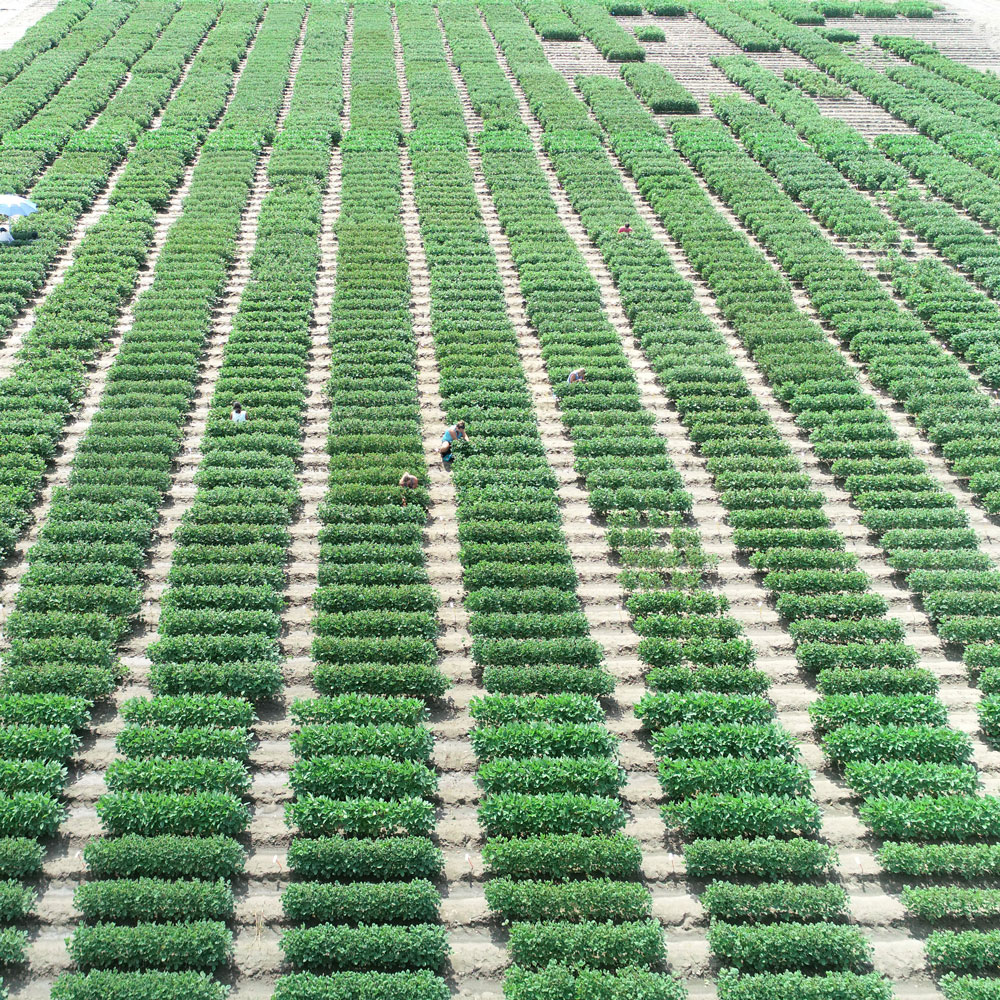CROP RESIDUE
Leaving stubble on fields reduces erosion
Whether it’s stubble from harvest last fall or this summer, leaving stalks in the field helps farmers using conservation tillage systems.
Planning and selection make double cropping possible
Farmers sometimes plant wheat in the fall. After harvesting that crop in early summer, farmers can plant soybeans directly into the stubble left behind. Wheat and soybeans work well in this system and farmers are careful to select the right varieties.
